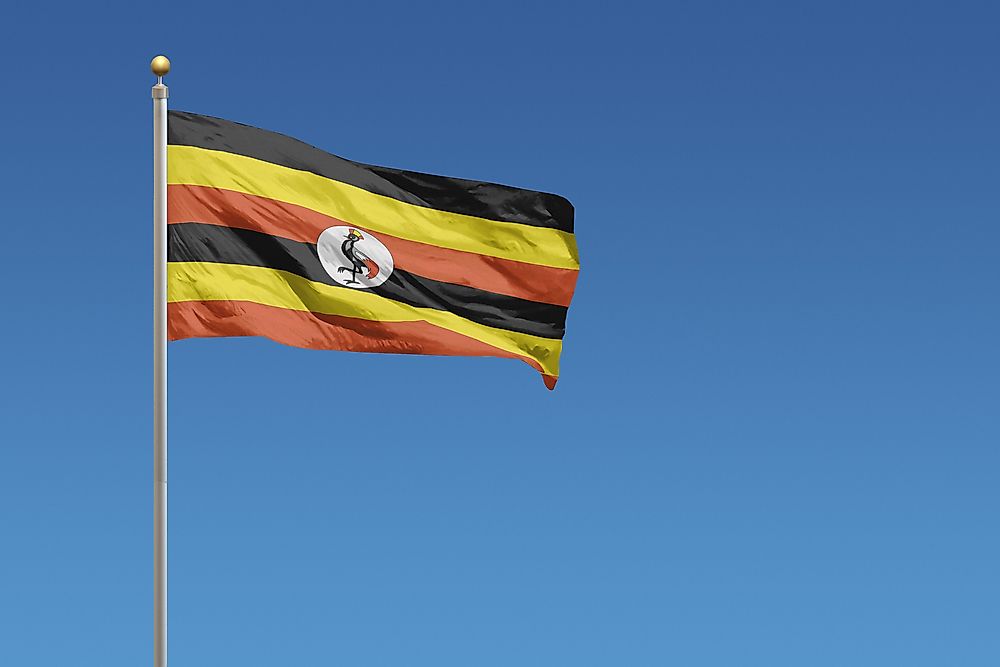What Type Of Government Does Uganda Have?

According to the Constitution of Uganda, the country is a presidential republic and the president is both the head of government and head of state and wields executive power. The country has a multi-party system of politics and practices a democratic parliamentary system where members of the legislature are democratically elected to serve five-year terms.
Constitution
The Constitution is Uganda’s supreme law and is the foundation on which all other laws are derived. The Constitution of Uganda outlines the sovereignty of the country and the mandates of the three branches of government as well as provisions for the rights of the country’s residents. The current constitution in Uganda was adopted on October 8th, 1995 and is the fourth constitution since 1962 when Uganda gained independence from Britain. The constitution was amended in 2005 to include the provision of a multi-party system as well as the removal of presidential term limits.
The Executive
The Executive is comprised of the president, the vice president, the prime minister, and the cabinet. The President of Uganda is both the head of government as well as head of state and is elected in democratic elections held after five years. The president heads the cabinet and has the authority to appoint and dismiss all cabinet ministers. The prime minister is appointed by the president, and his mandate includes leading all government business in the legislature. The cabinet is comprised of 31 cabinet minister as well as 49 ministers of state who are all appointed by the president.
Legislature
Uganda’s legislature is made of a unicameral (single-chambered) parliament. The Parliament’s primary function is the making of laws and the amendments of existing laws. The Parliament is also mandated to vet persons appointed by the President to various public offices. The Parliament of Uganda is comprised of 426 members drawn from the ruling party as well as the opposition. The 426 Members of Parliament are comprised of 238 Constituency Representatives, 112 Women Representatives, 5 Representatives of the youth, 10 Military representatives, five representatives of persons with disabilities, 13 ex-officio members and five representatives of workers. The Speaker of Parliament is the leader of the legislature and also chairs the Parliamentary Commission which is mandated to conduct strategic and organizational guidance of Parliament.
Judiciary
The Judiciary is the branch of government involved in the administration of justice in the country through resolving disputes between persons and between individuals and the State. The structure of the judicial system in Uganda is comprised of the Supreme Court, Court of Appeal, the High Court, the Local Council Courts, the Family and Children Court, and the Magistrate Courts. The Uganda Judiciary has the mandate to interpret the Constitution of Uganda and all other laws of the land and to uphold all democratic principles enshrined in the Constitution. The Chief Justice is the head of the judiciary and is responsible for the supervision and administration of all courts and is deputized by the Deputy Chief Justice who is also the head of the Court of Appeal. All high court judges are appointed by the president whereas the judges of the Court of Appeal are appointed by the President but approved by the legislature.











